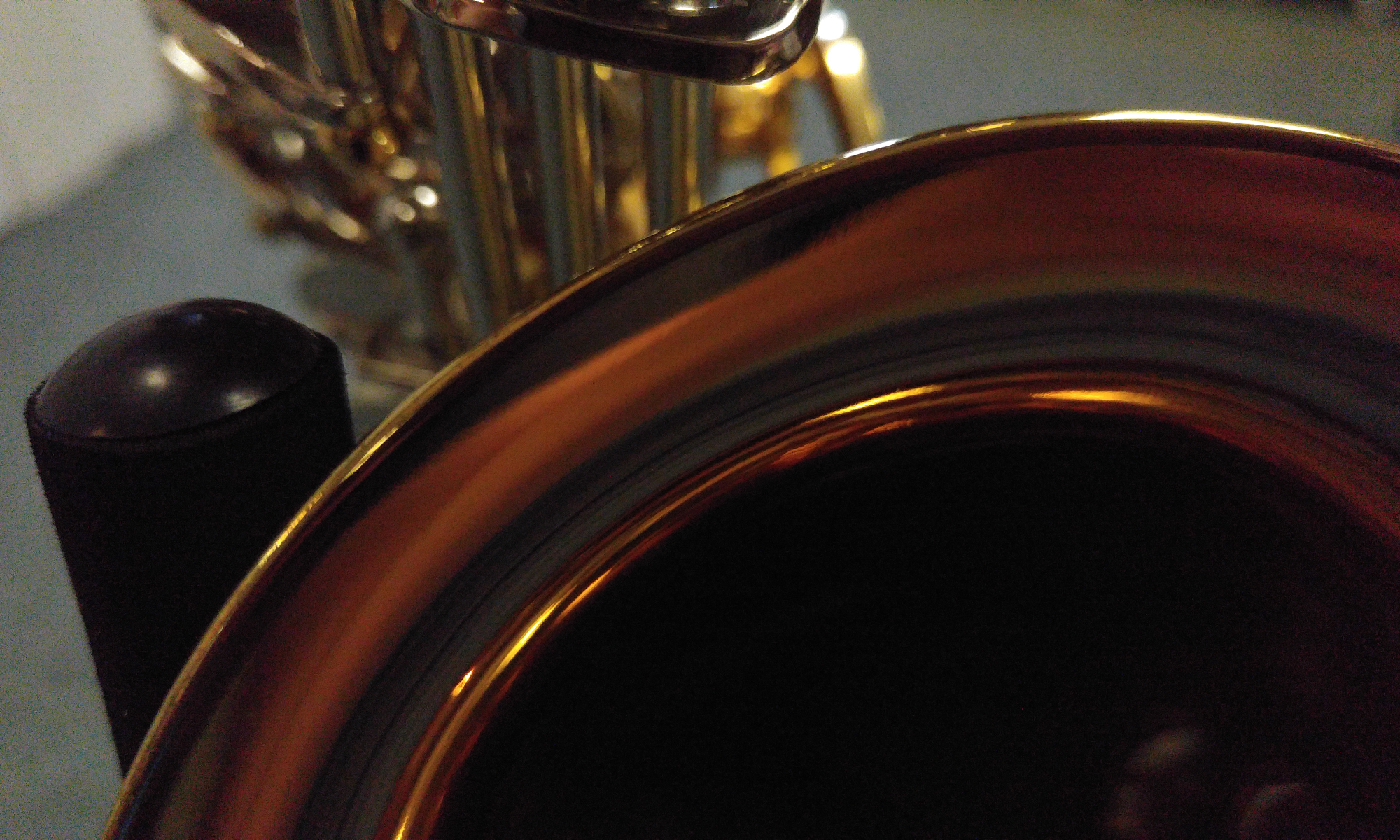Faith Run begins with “a poem of one hundred tongues” that “realigns the saxophone / until two hundred eardrums respond, // the music building into a text that wants to spill / the wine out of the conches” (3). From those opening verses, the music builds without a single false note all the way to the poem digging for secrets at the end.
Ray Gonzalez moves from specifics of memory and place — “I was born seven years after / the first atomic bomb, not Hiroshima, // but the one from July 1945 — / Trinity Site, New Mexico, // 200 miles from where / my mother gave birth to her only son” (4) — to haunting insights that change the way we see the world — “Not all my ancestors are dead” (6). In lines of remarkable economy, not one word more than is needed, Gonzalez places himself in space and time and shows us living ancestors by recalling the bomb that is almost always forgotten and the people almost always forgotten with it.
“Not all my ancestors are dead,” and Pablo Neruda “going into exile to see how the snow peaks // got in the way of Federico Garcia / Lorca’s ascent to heaven” is among them — even as poets awaken in a hail storm “to start counting the dead” (41), counting the dead among poets in a way that honors ancestors by acknowledging their presence — but also counting the dead in senseless wars, in the voice of his 20 year old nephew saying on the phone from Iraq “There is too much death” — “Suddenly, he spits, ‘It is so bad here, / they are going to kill me any day!'” (62). Regarding the conversation his nephew has with his mother, Gonzalez notes “At 18, he claimed he was serving his country / and used to say the Iraqis needed our help. // At 21, he says he doesn’t know why he is there / and all his buddies want to come home” (63). The poet picks up an old refrain here, but he does it in a text that has been built of music that cannot wait to spill wine out of the conches.
Gonzalez points to omens like the dragonfly of death, certain they are omens, but says with total honesty “Yet, as I write this, I am wrong because I do / not know what the dragonfly means” (63). No more an oracle than his nephew who does not know why he is there, Gonzalez embraces a music driven to explode through the poem in the world.
These poems move with the world and move the world, and they move in a world of words that is also a world of music: “Wallace Stevens did everything to keep / from seeing how the dime glistened / in the air before landing in the grass. / When his wife appeared on the coin, it was / the image he chased for years, the lantern of / his mind caught on rice paper by Tu Fu / before his discovery of the path” (71). “On Many Readings,” near the middle of the book, turns on “something needing to be said — a distant / knocking converging in the head, an image / of the Himalayas not depth of field, but / the moment tracing syntax as a passage / read after the sound comes back” (71).
Something needing to be said, “the future ascending the canyon / as if ice can’t keep up with / yesterday’s light,” snow in New Mexico “hidden in clouds as if thinking / about loss is turning your back / on what is gained” (79). The great preface to the Shijing says the poem is where mind goes, and this beautiful collection, dancing music through silence to words, demonstrates that time and time again, in every single poem.
reviewed by Steven Schroeder, Chicago
Ray Gonzalez. Faith Run. Tucson, Arizona: University of Arizona Press, 2009. ISBN 978-0-8165-2769-4.
